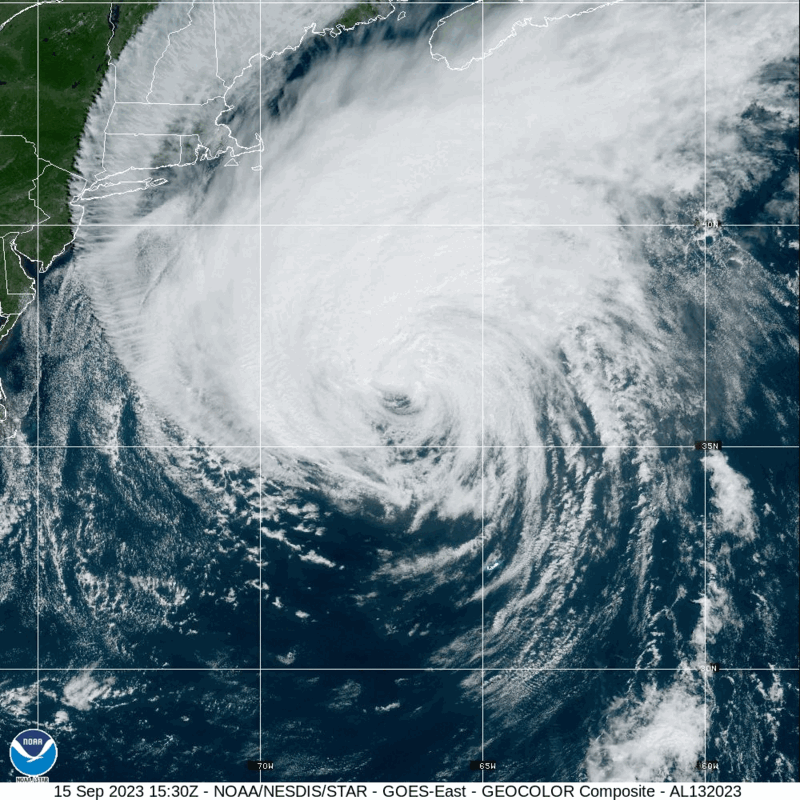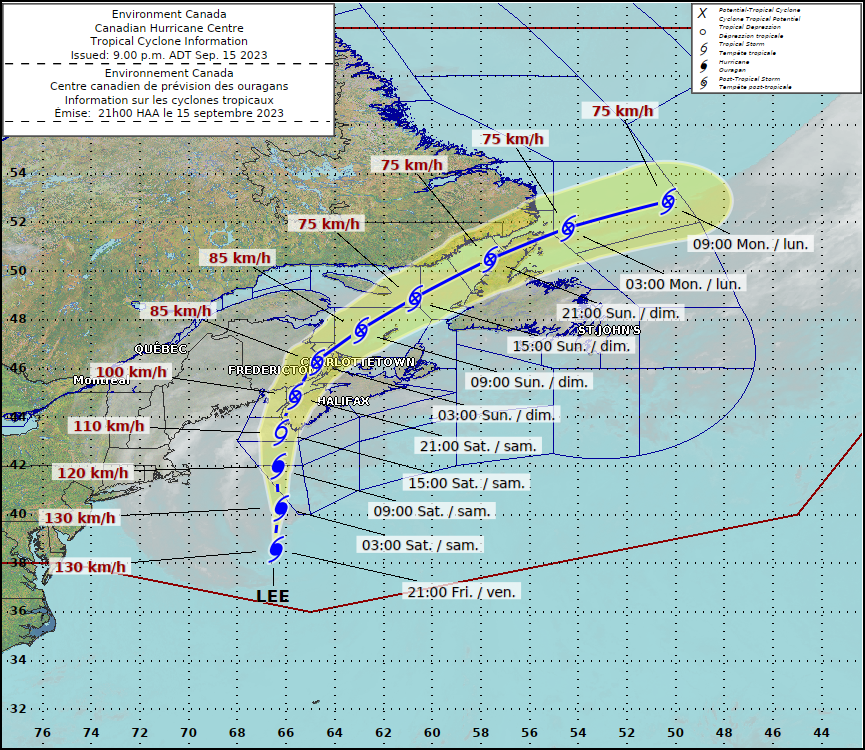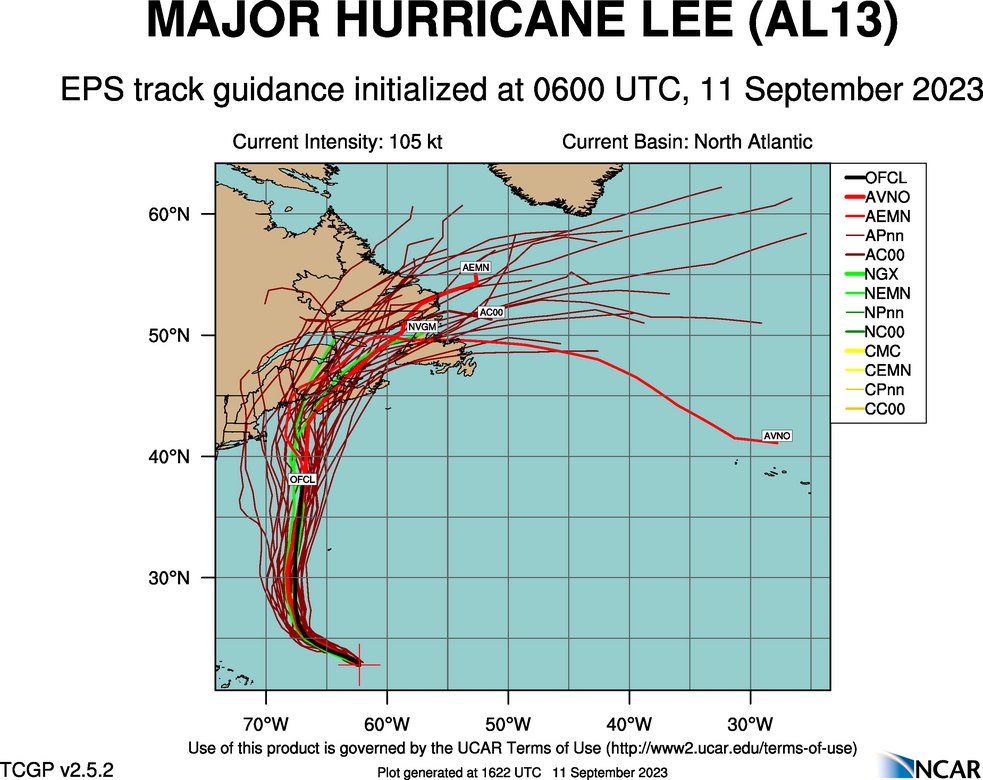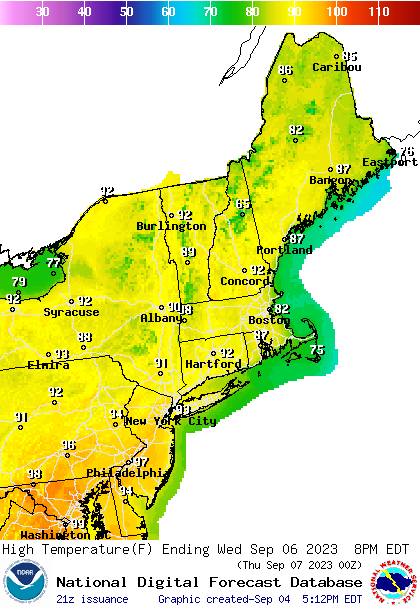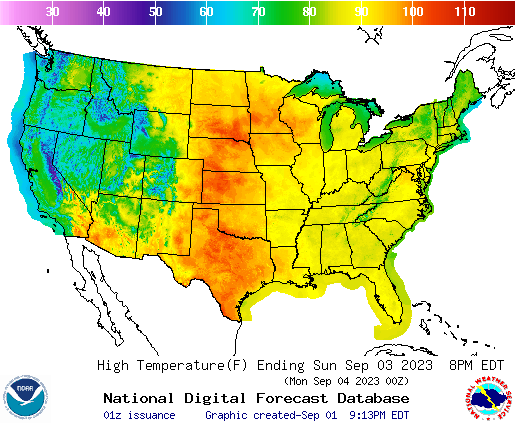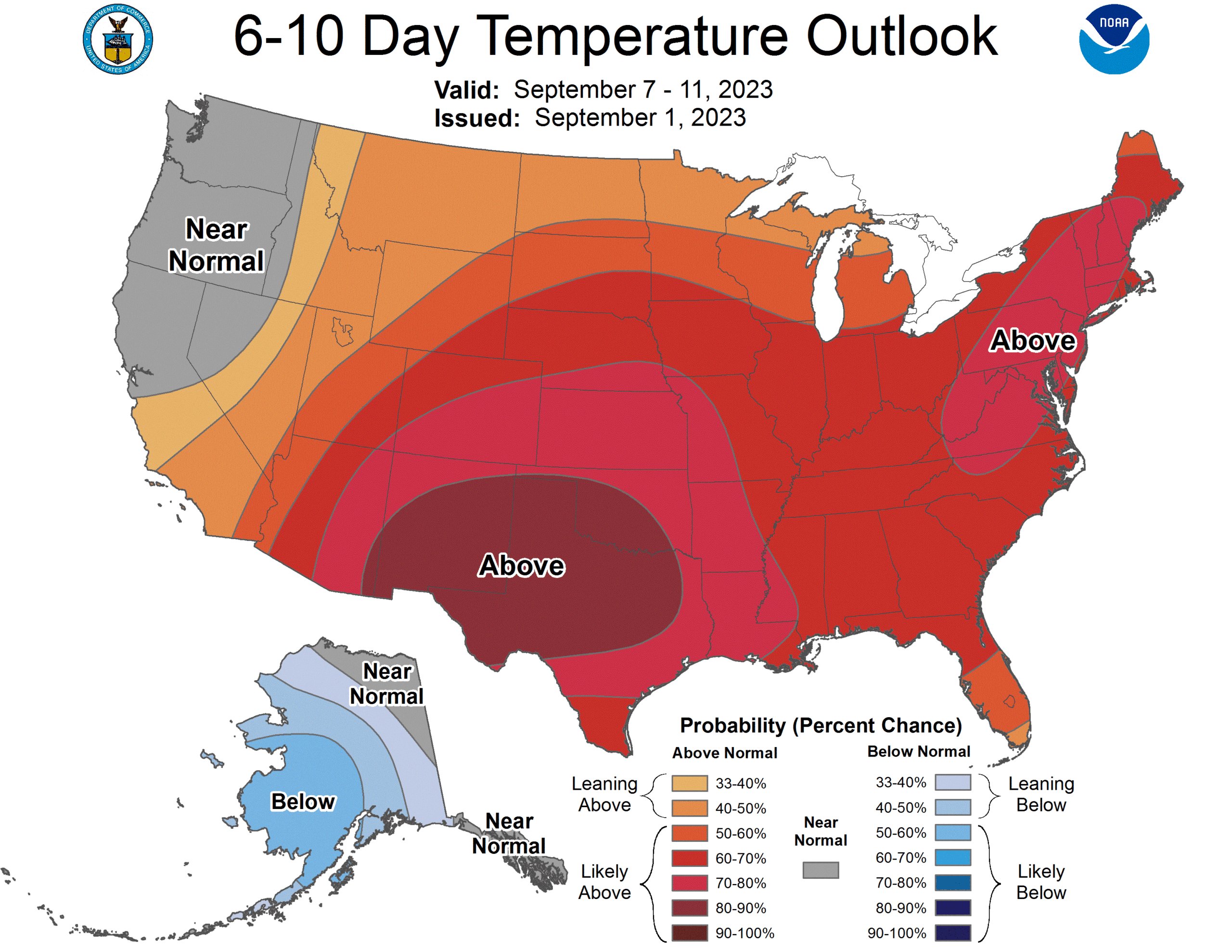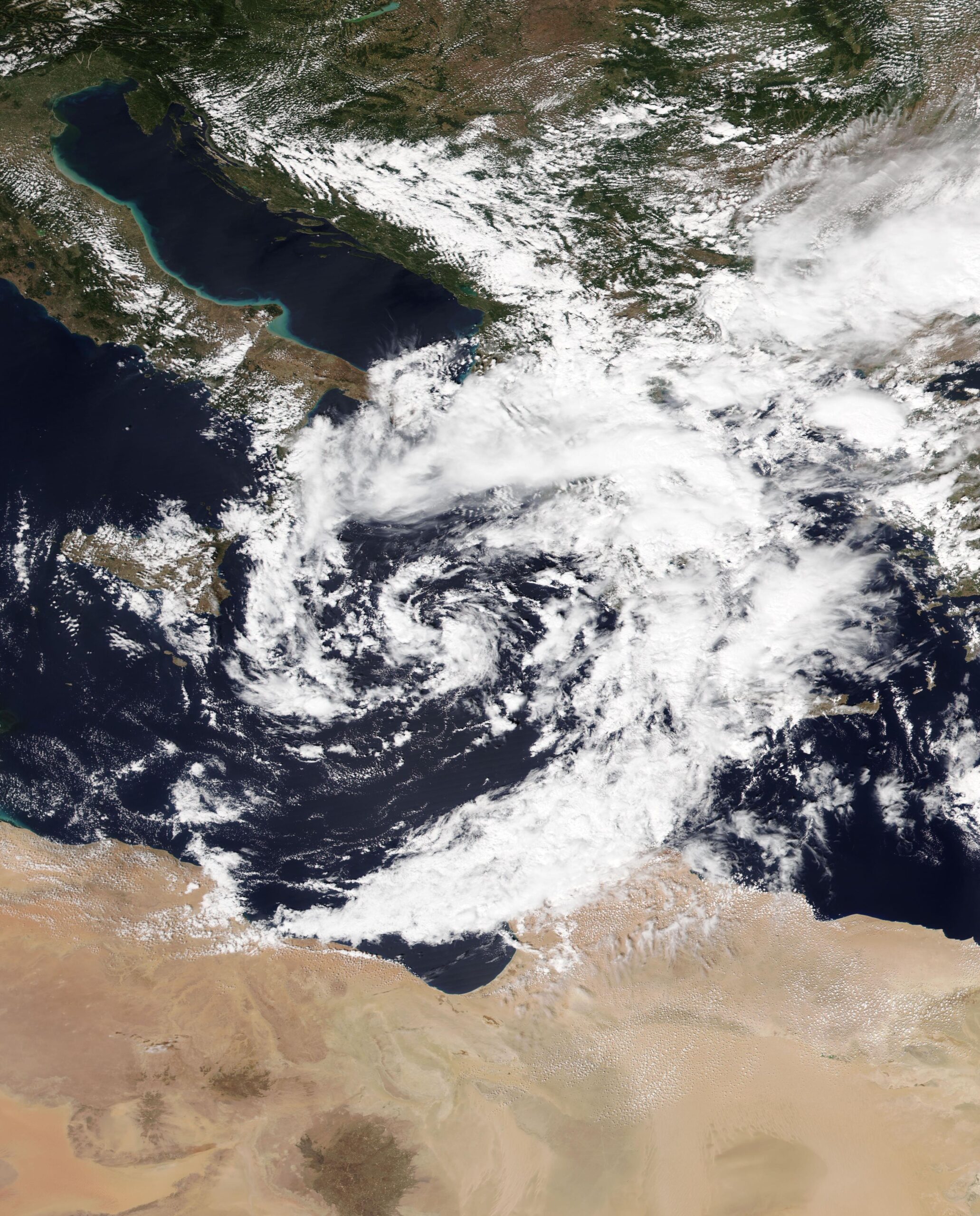
The above is satellite imagery from about 2 weeks ago, as a spiral band from Storm Daniel lashed the Libyan coast east of the Gulf of Sirte. Derna is one of the most northern points of that part of Libya, and suffered the most severe consequences of what was a virulent storm.
Daniel developed in the central Mediterranean, and started making headlines by bringing flooding rains to Greece, where Larissa, in particular, found itself underwater. This was caused by an Omega block, ridges of high pressure that orient the jet in the shape of the Greek letter Omega. This is a generally immobile pattern, and can cause short term drought beneath the ridge, and persistent rain on either side. Daniel wasn’t moving much, wobbling between the southern Balkan Peninsula and northern Libya.
The second accelerating factor was terrain of Libya in general, and the area near Derna, specifically. As you may know, Libya is dominated by the Sahara Desert. There is the Mediterranean climate in the northern coastal areas, so Derna and the other large cities of northern Libya aren’t foreign to rain, but it is pretty dry there, and significantly drier further to the south. It’s not soil that is receptive to rain falling at persistent or voluminous rates. It is prone to running off.

Pictured above is the 3d view looking north from Derna on Google Maps. There is a small river emerging from a network of canyons that cut deep into some cliffs. The entire topography of the region is set up to funnel runoff out of the desert through this canyon and out of Derna. There is a dam at the mouth of the canyon which allowed Derna to exist while also generating some electricity.
There WAS a dam, I should say. Under the onslaught of a cyclone’s worth of rain funneled through the canyon, the poorly maintained dam failed, unleashing all this water on Derna. Undoubtedly, years of dictatorial rule followed by a decade of civil unrest had led to poor civil infrastructure maintenance, and ultimately, tragedy.
As is often the case with the worst disasters, there was a perfect confluence of circumstances that made it so horrific.

